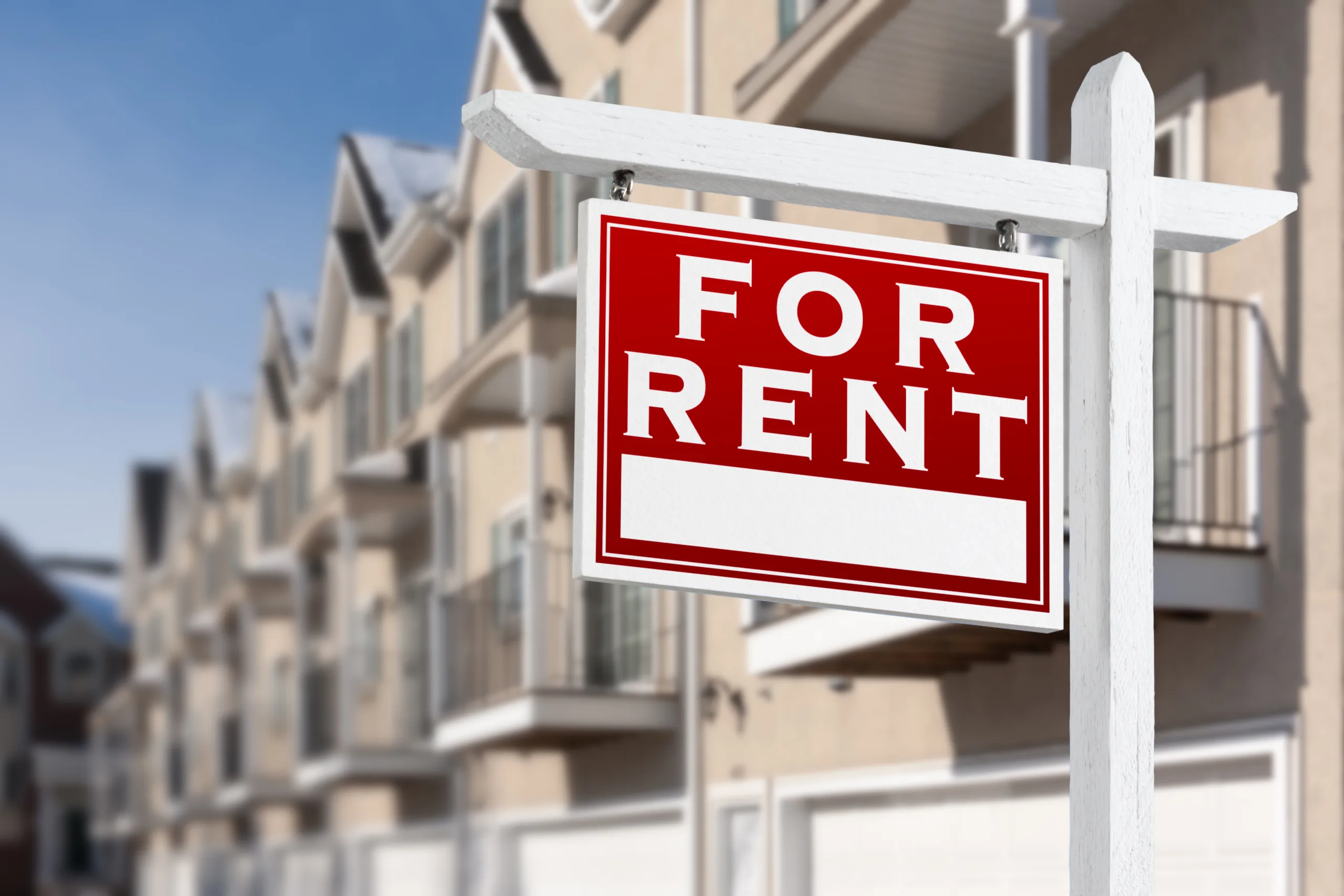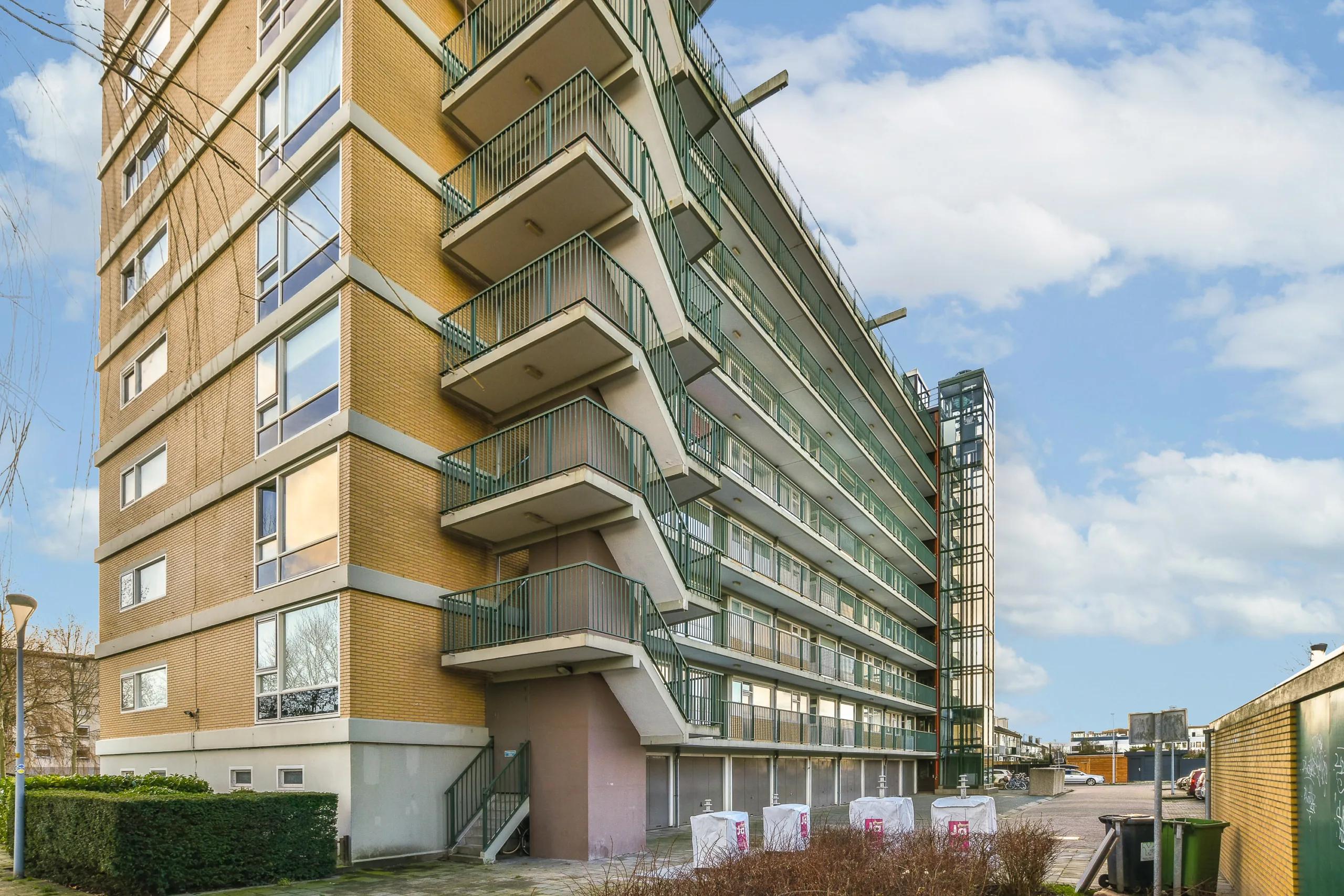- Texas apartment supply volumes are expected to drop sharply in 2026, averaging around 11,700 units per quarter—half the average completions seen in 2024 and 2025.
- Lease-up properties across major Texas metros are seeing lower occupancy rates due to the recent flood of new inventory, especially in Austin and San Antonio.
- A supply slowdown could help rebalance occupancy and demand, particularly for stabilized assets, assuming renter demand remains steady.
Recent Oversupply Pressures
Texas has experienced a high level of apartment construction over the past few years, reports RealPage. This surge has created competitive lease-up conditions. As a result, occupancy rates have come under pressure, especially in newly delivered buildings still in the initial leasing phase.
These early lease-up properties are not included in stabilized occupancy data. RealPage only tracks assets that are past the lease-up phase and consistently maintain occupancy at or above 85%. Still, lease-up properties represent a critical part of today’s market dynamics.
In key markets like Austin and San Antonio, occupancy for lease-up properties trails stabilized rates by a wide margin. In Houston, Dallas, Fort Worth, and Corpus Christi, the gap is smaller but still notable, ranging from 100 to 120 basis points. Meanwhile, less supply-heavy markets such as Lubbock, College Station, Midland, El Paso, and McAllen are seeing lease-up rates roughly in line with stabilized performance.
Get Smarter about what matters in CRE
Stay ahead of trends in commercial real estate with CRE Daily – the free newsletter delivering everything you need to start your day in just 5-minutes
Supply Slowdown Ahead
Looking forward, the pace of new deliveries is expected to slow significantly. Texas developers will cut apartment completions to about 11,700 units per quarter in 2026, down from over 23K per quarter in 2024 and 2025.
This tapering of supply could ease the strain on occupancy and help recalibrate the state’s rental housing market—assuming demand remains consistent.
Why It Matters
The shift toward lower supply volumes in 2026 may mark a turning point for Texas apartment fundamentals. After a period of aggressive construction and intense lease-up competition, developers and investors will be watching closely. They are looking for signs of improving occupancy and rent growth, especially if demand trends remain positive.
With fewer new units coming online, the oversupply narrative could begin to fade, potentially paving the way for more stable market conditions.

















